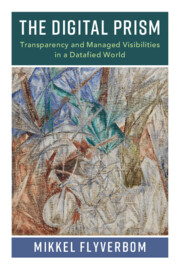HOW A MANUSCRIPT reflects light changes over time. Folios become worn, damaged, and effaced. Humans make erasures, and more dramatically, wash or scrape away text to produce palimpsests. But also, there is the unrelenting hand of time, the gradual deterioration of inks and pigments, the slow discolouration and stiffening of parchment. Folios grow visually mysterious, like the enigmatic descriptions of common things in medieval riddles. Whether describing a wax tablet or an icicle, Aldhelm's riddles and those preserved in the Exeter Book tease readers with their baffling descriptions. As Patrick Murphy points out, Old English riddles start with phrases such as, “wunderlicu wiht, wondrous creature, something rich and strange,” giving voice to an inanimate object and transforming it into a mysterious being. As a folio ages, it too transforms into something rich and strange, turning into a wunderlicu wiht. Its lost pigments and ink make it an enigma waiting to be known.
Even for pages that have escaped severe damage, mysteries abound. There is much to be explored in the materiality of a manuscript. Pages are rich repositories of history: quality of parchment, types of pigments, wear from use, and markings from travels, all make manuscripts instructive witnesses to the medieval world and beyond. In the eighth-century St. Chad Gospels (Lich MS 1), the manuscript central to this study, enigmas exist about its damaged and erased text but also about its dry-point writing, the identity of its organic pigments, the number of artists and scribes who made it, and even where it was made. As with fellow manuscripts from the Insular period (ca. 600– 850, British Isles), few records survive, and even basic information, such as provenance, presents limited and misleading clues. But scholars have methods to coax knowledge from such limits. Paleographers urge insight by categorizing types of scripts and comparing the anatomy of letters. Codicologists explore layout, quires, and overall structures, revealing relations within a manuscript and correspondences among manuscripts and monasteries. Textual scholars study and trace biblical versions, and for early manuscripts such as the St. Chad Gospels, they have identified features such as recensions from Jerome's Vulgate to demonstrate traditions of texts and geographic relations among manuscripts. Like other scholarly approaches, advanced techniques of digital imaging have methods for teasing out insight.
